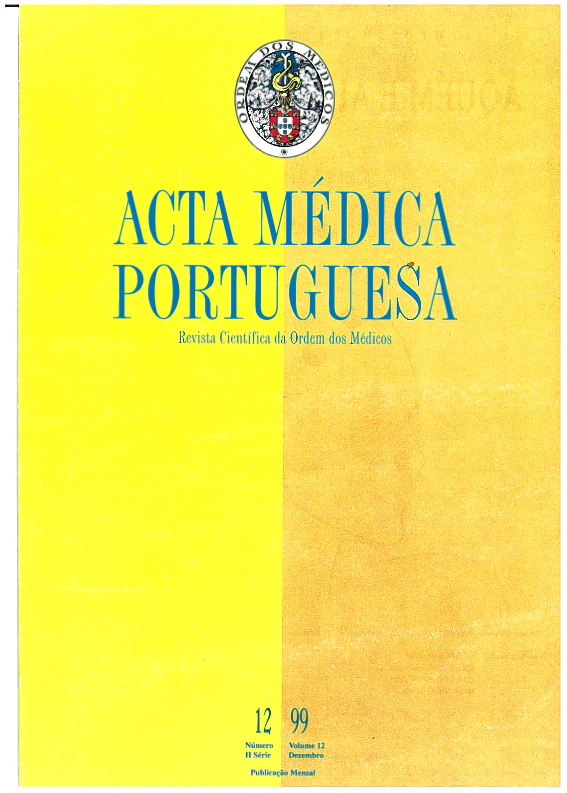Brucellosis.
DOI:
https://doi.org/10.20344/amp.2169Abstract
Brucellosis is a zoonosis, reported for the first time in 1859 by Marston, in Malta. It has also been referred to as Mediterranean Fever, Malta Fever and Bang's disease. Its causative agent was isolated by David Bruce in 1886; this was Brucella melitensis: five different strains were later described: B. abortus, B. suis, B. ovis, B. neotomae and B. canis. Recently, in 1994, the isolation of Brucella was reported in marine mammals, eventually pathogenic to man and unofficially designated "B. maris". Human brucellosis is still a public health problem in countries where the infection has not been eradicated from the animal hosts. When manifested, human disease may assume different courses, widely known, but whose physiopathology is still not totally clear. Much is already known about the agent's molecular biology and in vitro behaviour, but, doubts persist about its in vivo activity, including in human infection. We review some aspects of brucellosis, focusing on the pathogenesis, and referring to new and potential diagnostic methods, therapy and prevention.Downloads
Downloads
How to Cite
Issue
Section
License
All the articles published in the AMP are open access and comply with the requirements of funding agencies or academic institutions. The AMP is governed by the terms of the Creative Commons ‘Attribution – Non-Commercial Use - (CC-BY-NC)’ license, regarding the use by third parties.
It is the author’s responsibility to obtain approval for the reproduction of figures, tables, etc. from other publications.
Upon acceptance of an article for publication, the authors will be asked to complete the ICMJE “Copyright Liability and Copyright Sharing Statement “(http://www.actamedicaportuguesa.com/info/AMP-NormasPublicacao.pdf) and the “Declaration of Potential Conflicts of Interest” (http:// www.icmje.org/conflicts-of-interest). An e-mail will be sent to the corresponding author to acknowledge receipt of the manuscript.
After publication, the authors are authorised to make their articles available in repositories of their institutions of origin, as long as they always mention where they were published and according to the Creative Commons license.









